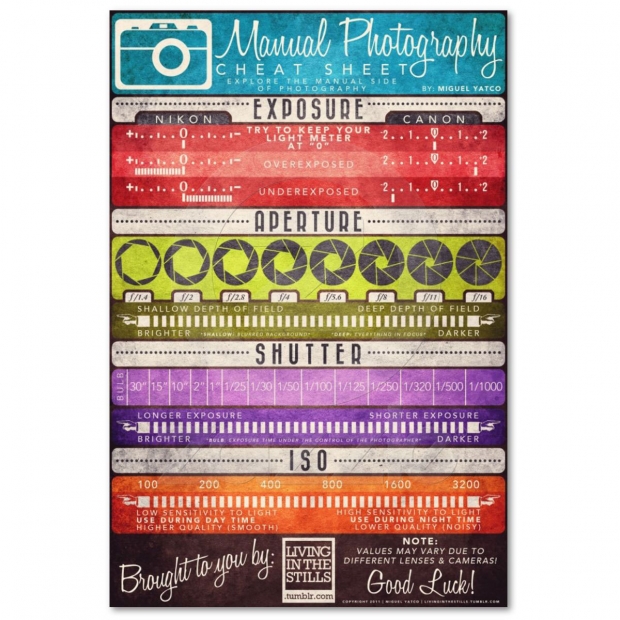Join Us To Uncover Important Photography Suggestions That Will Certainly Open Your Camera'S Potential-- Prepare To Catch Sensational Pictures In No Time!
Join Us To Uncover Important Photography Suggestions That Will Certainly Open Your Camera'S Potential-- Prepare To Catch Sensational Pictures In No Time!
Blog Article
http://linwood94murray.xtgem.com/__xt_blog/__xtblog_entry/__xtblog_entry/37559735-contrasting-popular-cameras-which-one-is-best-for-you?__xtblog_block_id=1#xt_blog Created By-Tobin Dalton
When you initially pick up your video camera, it can really feel overwhelming with all the setups and alternatives readily available. You might find yourself wondering just how to browse aperture, shutter speed, and ISO efficiently. Mastering these principles is vital, however there's even more to digital photography than just technical knowledge. Recognizing look at this now and illumination problems can boost your photos drastically. So, what if Environmental photographer could learn straightforward strategies to improve your abilities and start capturing remarkable photos faster than you believe? Let's check out how to change your photography journey.
Understanding Electronic Camera Settings
Understanding your camera settings is critical for capturing sensational photos. When you grab your camera, familiarize yourself with the 3 main settings: aperture, shutter speed, and ISO. Each plays a vital role in just how your images turn out.
Start with aperture, which controls the quantity of light getting in the lens. A bigger aperture (reduced f-number) lets in extra light and develops a stunning history blur, best for pictures. Alternatively, a narrower aperture (higher f-number) keeps more of the scene in focus, perfect for landscapes.
Next off, focus on shutter rate. This setting establishes for how long your video camera's sensing unit is revealed to light. A rapid shutter rate ices up motion, which is fantastic for action shots, while a sluggish shutter speed can develop sensational impacts like smooth water in landscapes.
Lastly, adjust your ISO. Company headshot photography affects your electronic camera's sensitivity to light. A greater ISO serves in low-light circumstances however can present sound or grain. Go for the lowest ISO possible while still achieving appropriate direct exposure.
Structure Methods
When you're out shooting, composition can make all the distinction in exactly how your pictures resonate with audiences. Begin by utilizing the guideline of thirds; imagine your frame separated right into 9 equivalent areas with two straight and two vertical lines. Position crucial elements along these lines or at their junctions to produce equilibrium and passion.
Next off, consider leading lines. These all-natural lines in your scene, like roads or rivers, attract the customer's eye right into the photograph, guiding them with the story you're telling.
Do not ignore mounting; use elements within your scene, like trees or windows, to create a framework around your topic, adding deepness and focus.
Also, watch on your history. A cluttered background can distract from your primary subject, while a straightforward one helps it stand out.
Last but not least, explore balance and patterns; they can develop a striking photo that records attention.
Mastering Lighting Conditions
Understanding lights problems is crucial for catching magnificent pictures, as the best light can change an average scene into something phenomenal.
Begin by observing all-natural light at different times of the day. Mornings and late afternoons offer the very best light, called the gold hour. The soft, cozy tones during these times can improve your pictures wonderfully.
Don't avoid cloudy days either; diffused light can lessen extreme darkness and produce a pleasing impact, particularly for pictures.
Explore backlighting by positioning your subject against the light source. This strategy can create a dreamy halo effect and include depth to your photos.
Take notice of your video camera setups also. Readjust the ISO, aperture, and shutter rate to match the illumination conditions. A higher ISO can help in reduced light, however be cautious of grain.
Use a tripod in darker environments to stay clear of blur.
Last but not least, don't fail to remember fabricated lighting. Flash and constant lights can be great tools for managing light in difficult problems.
Final thought
In conclusion, grasping your electronic camera doesn't have to be overwhelming. By understanding your setups, using make-up methods, and harnessing the power of natural light, you'll swiftly elevate your digital photography abilities. Keep in mind, practice makes best, so get out there and trying out your newly found understanding. With time and devotion, you'll be capturing magnificent images that mirror your one-of-a-kind viewpoint. Appreciate the journey, and do not fail to remember to have fun while you go to it!
